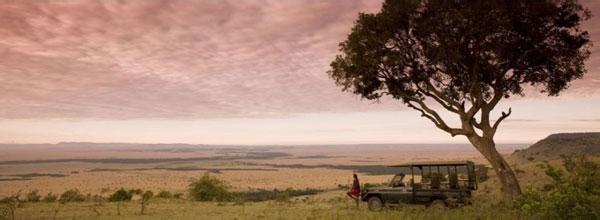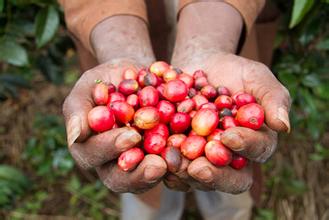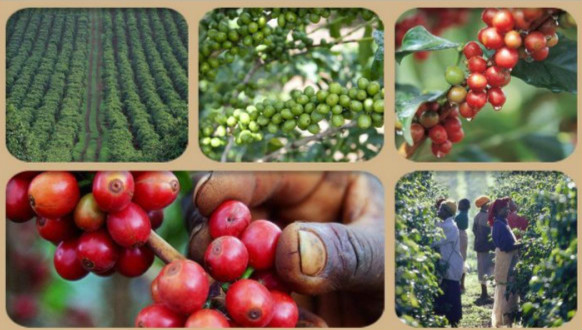Yega Xuefei Sun treatment Bancimaji how to buy good coffee beans online to buy coffee beans need
1. When buying beans online, pay attention to the production date, shelf life, packaging seal, roasting degree of coffee beans, type of coffee beans, and your utensils to determine what beans you want. If you use blue mountain beans to make ESP, it is indeed a more unconventional way, but it is also too unprofessional and expensive, and the taste is not very good.
Beans with a production date of at least half a year.
Coffee beans from the roast are generally bought medium and deep roast, the latter suitable for MOCHA and ESP, the former suitable for siphon, French pressure, flannel, filter and so on.
Coffee beans are divided into caffeinated beans and decaffeinated beans according to their caffeine content. This refers to the caffeine content, the former general caffeine content of 2.5% of the latter general content of 0.05% of decaf coffee domestic see more is ILLY decaf coffee.
Coffee beans are divided into single beans and mixed beans from production.
Single item refers to beans from a single producing area, such as Blue Mountain or Colombia, which are beans from a producing area, that is, a bag full of beans from Colombia. Please be careful when buying this online. Domestic brands cannot have single beans. Domestic beans sell cheap, from the price can be seen, a pack of 250g will not exceed 50 yuan, but the package says what blue mountain, mantining, Colombia and so on, that is baked beans and then add spices to make that flavor beans.
Bean blending is when beans from multiple regions are mixed together for baking.
2. Which outlets are cheap and beautiful?
I'm not a coffee bean merchant, so I can't market myself. But in my opinion, Taobao has a coffee workshop, beans are still very fresh, and then ask more, more comparison. Of course, buying beans to choose merchants, logistics and service attitude are very important.
Country: Ethiopia Fiscal year: 2003
Level: G3
Production area: Banqimaji virgin forest
Altitude: 1500-1700 m
Treatment: Sunlight
Breed: Typica, Heirloom
Producer: smallholder harvest centralized processing
Flavor: Jackfruit, spice, wine
There are eight main producing areas of Ethiopian coffee: Ekempti, Limu, Illubabor,
Djimma、Harrar、Teppi/Bebeka、Sidamo、Yirgacheffe。
Ethiopian coffee is highly rated in Taiwan, especially the Chinese people are particularly interested in and love Ethiopia's Harrar, Sidamo and Yirgacheffe. Sidama Province is located in the south of Ethiopia, Arsi Province in the north, Bale Province in the east and Gama Gofa Province in the west. Sidama administrative district jurisdiction includes Yirgacheffe (Yirgacheffe), Kochere (Kochere) two very famous production areas. The industry is dominated by agriculture, and coffee is grown in areas around the Great Rift Valley. Bench Maji is located in the south of Ethiopia and is one of the two primary forest coffee producing areas in Ethiopia, one is Bench Maji and the other is KafaFrost coffee producing area.
There are four types of Ethiopian export coffee: forest coffee, semi-forest coffee, garden coffee and plantation coffee.
Forest coffee accounts for about 10% of all coffee production and comes from southern and southwestern Ethiopia, such as Bale, West Wolega,Bench-Maji,Keficho-Shekicho, Metuand Jimma. Original Forest Coffee has a natural pest resistance, organic and dry top quality flavor.
Semi-forest coffee (semi-forest) is coffee small farmers in the original forest coffee trees have special care, there are to prune coffee trees and weeds, as well as shade trees pruned, the fruit is ripe, then harvested for sale, this type of coffee accounts for about 35% of all production.

Important Notice :
前街咖啡 FrontStreet Coffee has moved to new addredd:
FrontStreet Coffee Address: 315,Donghua East Road,GuangZhou
Tel:020 38364473
- Prev

How to buy coffee beans online What do you need to pay attention to? washed snow
1. When buying beans online, pay attention to the production date, shelf life, packaging seal, roasting degree of coffee beans, type of coffee beans, and your utensils to determine what beans you want. If you use blue mountain beans to make ESP, it is indeed a more unconventional way, but it is also too unprofessional and expensive, and the taste is not very good. Date of manufacture must be at least
- Next

Where can I buy coffee beans online? Where can I buy coffee beans? Yega Xuefei Solar treatment of Bancimaji
1. When buying beans online, you should pay attention to the production date, shelf life, packaging and sealing, the roasting degree of coffee beans, the types of coffee beans, and your utensils to determine what kind of beans you want. If you use blue mountain beans to make ESP, it is indeed a maverick way, but it is also too unprofessional and expensive, and the taste is not very good. The production date must be at least
Related
- What documents do you need to go through to open a coffee shop? coffee shop coffee shop certificate processing process
- How to purchase Coffee beans in small Cafe how to choose a suitable supplier for domestic Coffee supply Company
- How to drink Starbucks Fragrance White Coffee? how to make Australian White Coffee? what Italian coffee beans are recommended?
- The Story of Flora Coffee: the name of Flora Coffee Bean and the implication of the Flowers on Florna Coffee
- How much does a cup of coffee cost? How much is the profit of a cup of coffee? What is the profit of the coffee shop in a year?
- Yunnan small Coffee, known as "fragrant Coffee", introduces the characteristics of Alpine Arabica Coffee producing areas in Yunnan, China
- 2023 latest Starbucks full menu price list how much is a cup of Starbucks coffee what is better to drink the most popular hot and cold drinks recommended
- Starbucks different kinds of Coffee Price list Starbucks menu 2023 Top Ten Best drinks in Starbucks
- Starbucks Spring praise Comprehensive matching Coffee Bean theme Story Packaging implication and taste description
- The cost of a cup of coffee latte American coffee cost price and selling price

